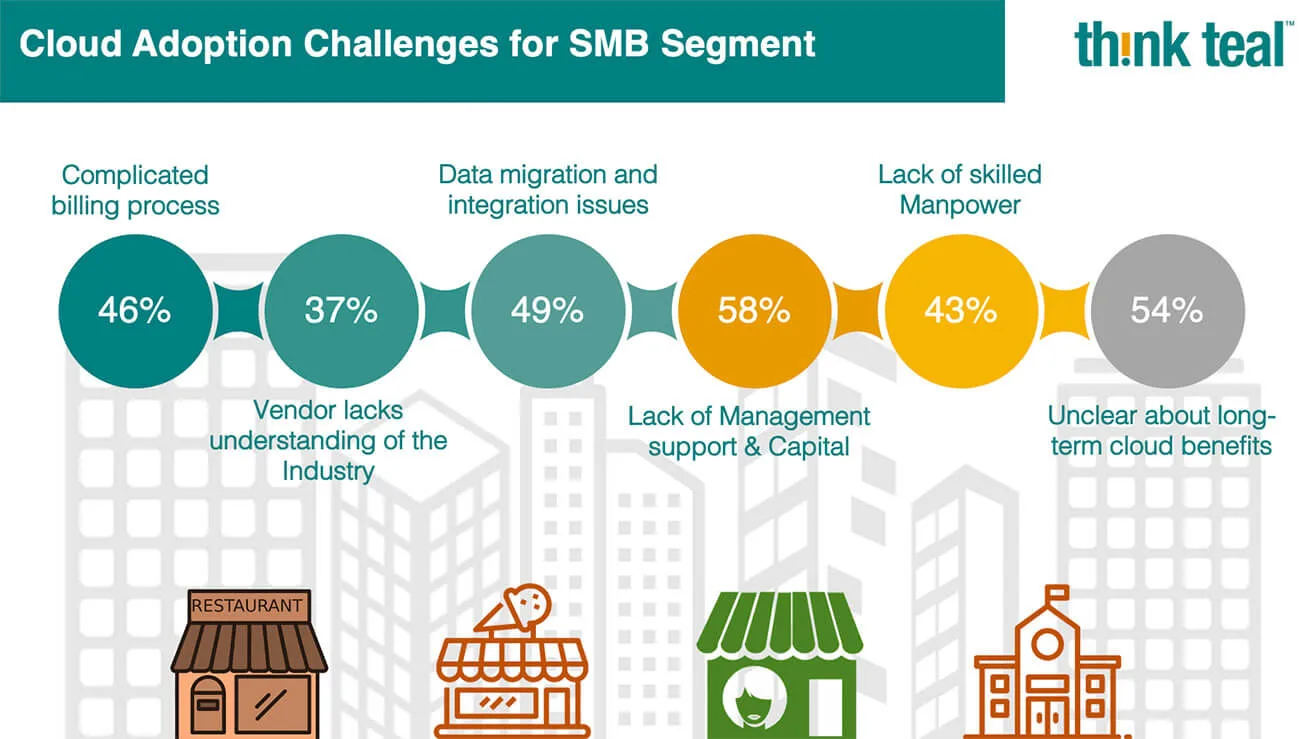Cloud Adoption Challenges for the SMB Segment
Cloud adoption in India has been steadily growing over the past few years. The pandemic worked as a catalyst and pushed the levers of growth. Public Cloud services found buyers across a broad section of companies, i.e. large, mid-market to SMBs.
When one thinks about SMBs, there is a notion that cloud is a natural choice given its tenets. Be it access to the latest technology, frequency of updates, to benefits obtained from an opex-based commercial model; the possibilities are limitless. While true in many parts, there are adoption challenges in this market segment too.
First, we need to understand the constituent mix of this segment. Without getting into verticals, one needs to understand that this segment consists of new establishments (comparatively lesser) and many organizations that have been in business for years.
For most new establishments, since they do not have any legacy, their choices will always be skewed towards cloud services. In today’s world, everyone wants to focus on their core business while the rest is best managed by specialists. More often than not, these companies are pretty tech-savvy. Ownership and decision-making are done by young entrepreneurs who see technology as an enabler and, in some instances, the key differentiator to their success.
That leaves us with the other lot, companies that have existed for a while. And they constitute a relatively large number of this segment. While they also have adopted cloud in parts, their challenges are more than the new lot. While it would be wrong to conclude that they are inadept to understand technology, the more significant issues are around managing legacy infrastructure, challenges in revamping things and getting the necessary management support.
What needs to be understood here is, that the cloud is a means to help you manage your business problems and not add to them. In many small organizations, the perception is that moving to the cloud translates to managing “one more thing”.
So above all else, proper change management is required to gravitate from an on-premise world to a federated cloud environment.
The partner ecosystem has a pivotal role here as it primarily caters to the requirements of SMBs. In addition, there is a growing trend to focus on digital channels. As the market continues to mature, both will have a role in taking the SMB segment to a critical mass.


